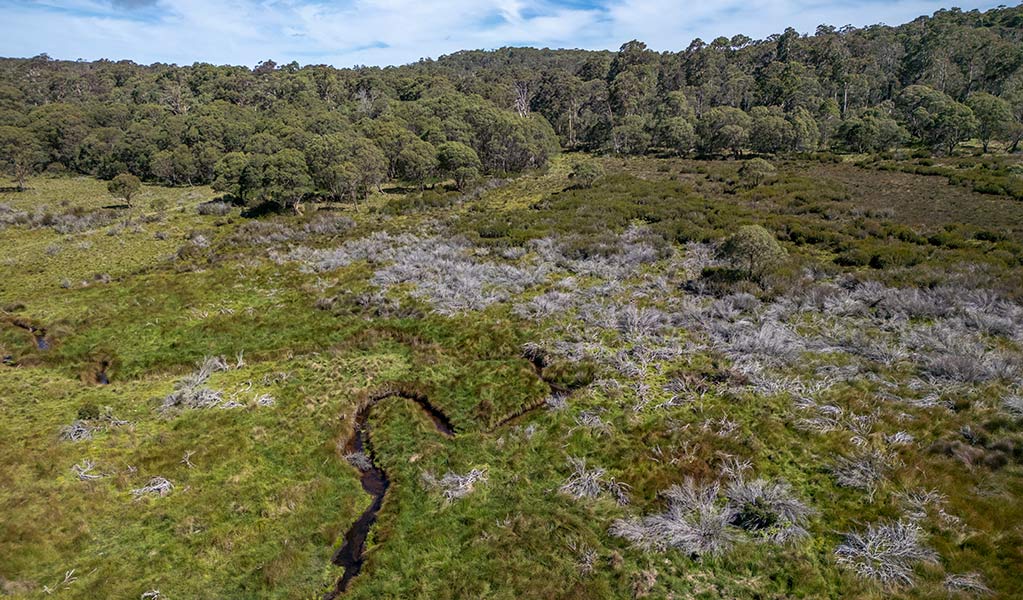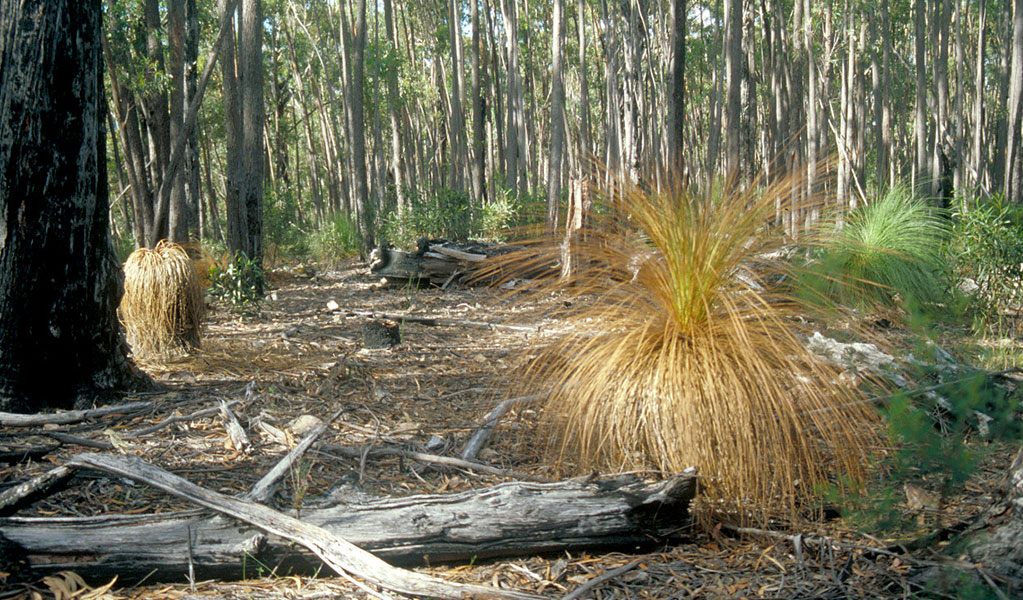Fighting invasive Phytophthora root rot
Phytophthora cinnamomi is one of the deadliest plant diseases in Australia. Discover how detection dogs are helping to find this invasive species, and see how you can help safeguard our plants, ecosystems and threatened species at risk.
The Greek word ‘phytophthora’ (pronounced Fy-TOTH-ra) translates as ‘plant destroyer’.
Plant killer by name and nature
Phytophthora cinnamomi is a microscopic fungal plant disease that causes plants and trees to rot and die. Also called phytophthora dieback, root rot, or cinnamon fungus, once it’s established it can’t be eradicated and there’s no cure.
It’s one of the top 100 invasive species impacting biodiversity in Australia and is listed as a key threatening process under the Environment Protection and Biodiversity Act 1999. Only rabbits impact a higher number of our threatened species.
Learn how to prevent the spread of root rot
A sinister soil-borne pathogen
Phytophthora lives and spreads through movement of infected soil, water or plant material, including by humans, vehicles, water runoff, and even horticultural industry practices.
It can survive dry conditions and travel long distances, reactivating in wet conditions. This means plants can be infected for months before they start to show symptoms, making it challenging to detect early and prevent it spreading.
The pathogen attacks the plant roots, stopping them from absorbing water and nutrients. Above ground, leaves wilt and die off, shoots blacken and die. The destruction is permanent. See how you can help stop the spread.
'Bark' rangers sniff out phytophthora
Introducing Alice and Echo, two scent-detection spaniel dogs that have been expertly trained to sniff out Phytophthora cinnamomi.
These clever pups are part of a successful trial to train them to use their keen sense of smell to distinguish between infected and non-infected plants.
The project is a collaboration between NSW National Parks, the Saving our Species program, Tate Animal Training Enterprises (TATE), Royal Botanic Gardens’ Sydney Plant Clinic, University of Sydney, and Northern Beaches Council.
Based on the success of this trial, they’re now working to fine-tune the dogs’ skills to detect the pathogen in more complex environments. This includes trials for Barrington Tops and Scheyville national parks, nurseries, and on vehicles.
Current DNA-based methods of early phytophthora detection are prohibitively expensive over large areas. Detection dogs offer an effective first-step to identify infection threats, and thereby prevent spread and conserve species, especially in high-risk areas.
Watch our phytophthora detection dogs
How you can help
To prevent phytophthora infection and spreading in parks and at home, try these hygiene tips:
- Start your trip with clean, dirt-free, dry gear (including shoes, bike tyres, camping gear, vehicles)
- Use the boot wash or scrub stations provided – these capture contaminated water or control flow to septic or sewage systems where root rot will die
- Stay on formed tracks
- Follow instructions on signage
- Clean your gear again when you get home – try a solution of 70% methylated spirits or ethanol, 30% water, and wash straight into the septic/sewage system. You may want to keep a spray bottle in the car.









